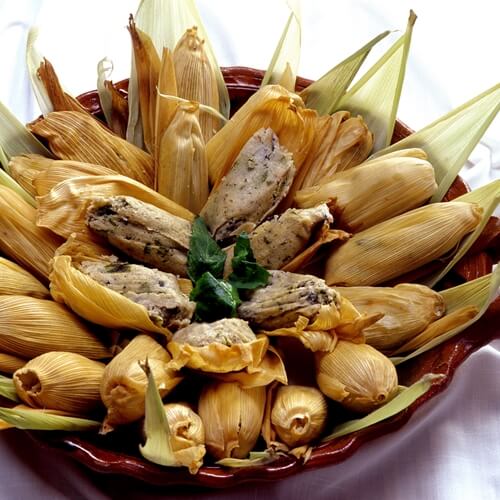4 Tips For Terrific Tamales
Traditional Mexican and Spanish cuisine has given the world a number of tasty dishes, including enchiladas, chilaquiles, tortas, nachos, tostadas and flautas. Perhaps one such dish that doesn’t always garner quite as much attention are tamales. They contain fillings like meat, cheese, fruit, chillies or vegetables are served inside of masa, a corn-based dough. Eaten across the U.S., Mexico, the Caribbean and South America, tamales are a great representation of the richness and diversity of Hispanic cuisine.
Want to expand your own collection of recipes while also better understanding Mexican and Spanish cultures? Here are a few tips and tricks for tasty tamales recipes every time:
Masa 101
No matter what eventually fills the inside of your tamales, you always want to make your own masa. As with almost any other recipe, doing so allows you to control the final moisture of your dough, which in turn goes a long way in the overall quality of your tamales. All you need for masa is corn flour and lard, and some stores even sell certain mixes that only require the addition of the lard. For masa, you want slightly sticky dough that is still somewhat malleable, comparable in many ways to cookie dough. For extra smooth masa, use corn tortilla masa, which is far more fine than the tamale variety. Regardless of the masa you use, about three pounds should result in about a pound or so of husks.
Save the juice
If, for instance, you decide to cook up traditional chicken tamales, you’re going to need meat, broth, garlic, onions, red chili paste, green chilies and the flour and lard for you masa. However, there is one ingredient that many people often forget about that has a huge impact on tamales – the meat juice. Once your meat is done cooking, save that juice and put it right back into your tamales. Do your best to soak up the juice from a pan inside the oven and then coat it back onto the chicken. The same goes if you end up cooking with beef or pork. This step will prevent dry tamales or having to add in more paste afterward for that much needed flavor.
Wrap it up
In many ways, truly delicious tamales are more than just the meat inside or the soft masa on the outside. It’s how you wrap it all together, that makes not only a less messy meal overall, but helps to balance certain flavor interactions. As a rule, always use less masa than you think you’ll need, which will prevent any overstuffing in the first place. Additionally, make sure to spread any filling on the smooth side of the husk, which will help when you tie your tamales together. Finally, if a husk rips at any time, don’t be afraid to use another husk to rebuild or patch the hole. A popular method is the double tie, which not only looks more pleasing to the eye but is also structurally sound.
Take your time
Depending on your recipe, the preparation and cooking time for most tamales could be up to six hours. As such, you’ll want to ensure you have enough time blocked out during the day.


